- Reaction score
- 16,642
- Points
- 1,160
Reality is that Canada could not afford to buy or be able to maintain a fleet of LAV's big enough to equip all of the army and the Reserves

Reality is that Canada could not afford to buy or be able to maintain a fleet of LAV's big enough to equip all of the army and the Reserves
FIFY.Reality is that Canada refuses to buy or be able to maintain a fleet of LAV's big enough to equip all of the army and the Reserves
And yet we can find $1B to spend on clapped out F-18s from Oz that won't be ready for 5 years...
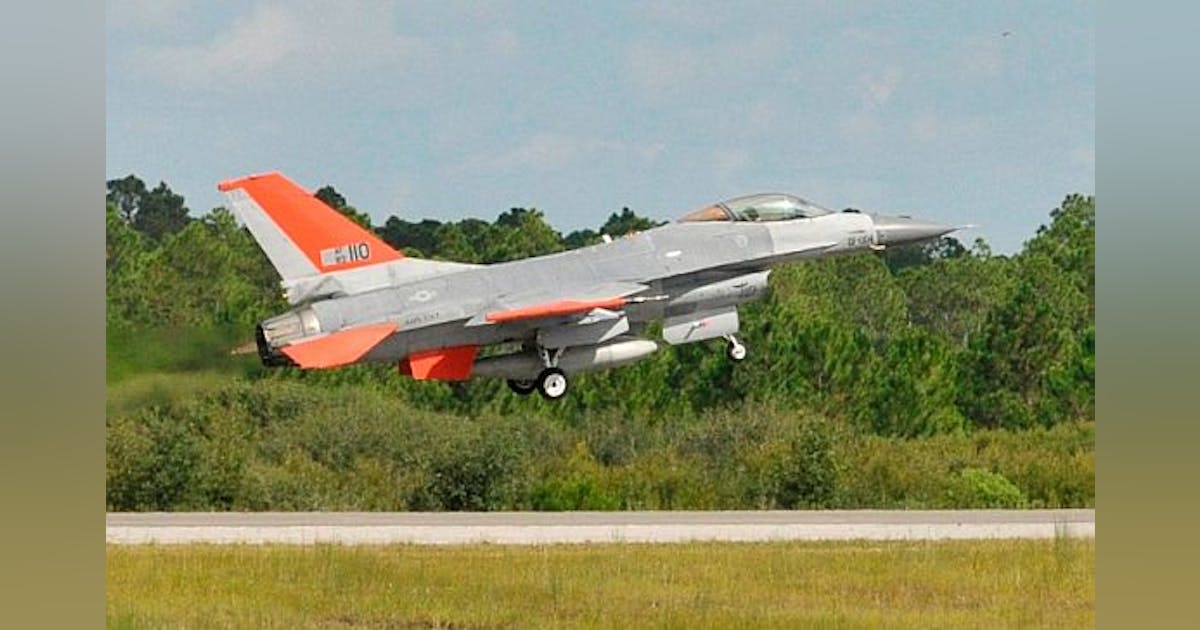
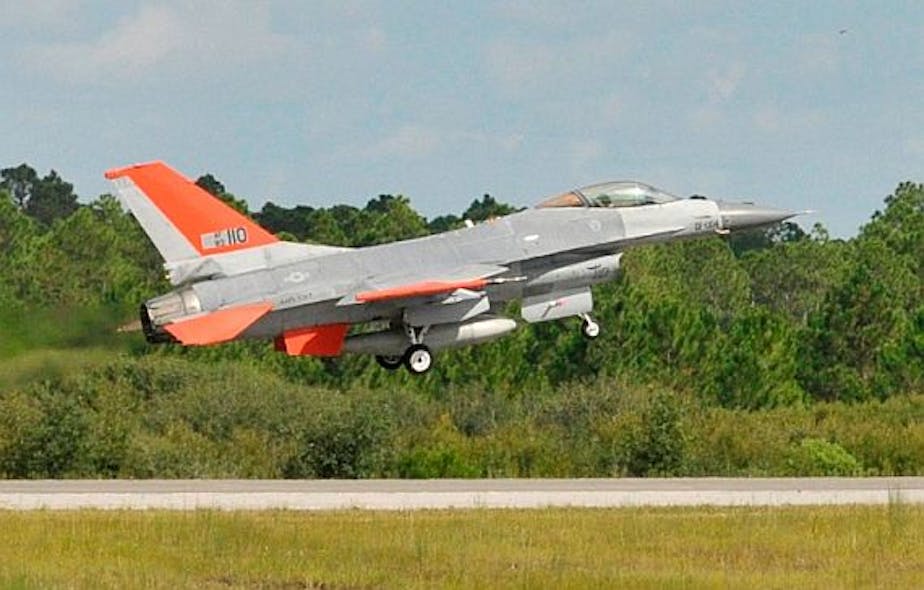
I think @Kirkhill is correct that there is space for vehicles between IFV/APC, and LUVW...
We might be thinking a bit too much "last war", in that we imagine all vehicles that can take small arms fire need to be able to take IEDs and 14.5mm direct fire.
Maybe they won't be "Infantry Vehicles", but there are a lot of jobs near the front that need some protection, but don't need a LAV.
It's because most of these companies base vehicles are F550sMine protected version? Perhaps? Plasan Sandcat Stormrider. I've noticed a strong Plasan influence in the designs so far.
View attachment 76713View attachment 76714
View attachment 76715
View attachment 76716
View attachment 76717
View attachment 76718
No disagreement here.I think @Kirkhill is correct that there is space for vehicles between IFV/APC, and LUVW...
We might be thinking a bit too much "last war", in that we imagine all vehicles that can take small arms fire need to be able to take IEDs and 14.5mm direct fire.
Maybe they won't be "Infantry Vehicles", but there are a lot of jobs near the front that need some protection, but don't need a LAV.
No disagreement here.
BUT
I really don't see a role for that sort of Armored Car - other than domestic SWAT or Brinks trucks.
I would support an Armored Cargo variant of the HL replacement 8x8
- larger medical transports
- protected personnel transport
- protected cargo transport
Mission
• Military units employ JLTV as a light, tactical-wheeled
vehicle to support all types of military operations. JLTVs are
used by airborne, air assault, amphibious, light, Stryker, and
heavy forces as reconnaissance, maneuver, and maneuver
sustainment platforms.
Small ground combat units will employ JLTV in combat
patrols, raids, long-range reconnaissance, and convoy escort.
JLTV vehicles are equipped with vendor-unique solutions
intended to significantly improve, relative to the HMMWV,
crew protection against the effects of small arms, fragments,
and underbody and underwheel blast loading from mines and
IEDs. These include the design of the vehicle underbody
hull structure, energy-attenuating seats, and floor specifically
designed to mitigate blast loading to the occupants.
• JLTV vehicles are equipped with two separate armor levels:
the A-kit, or base vehicle, which is intended for use in
low-threat environments, and the B-kit, an add-on armor kit,
for additional force protection in the intended deployment
configuration but at the cost of additional weight.

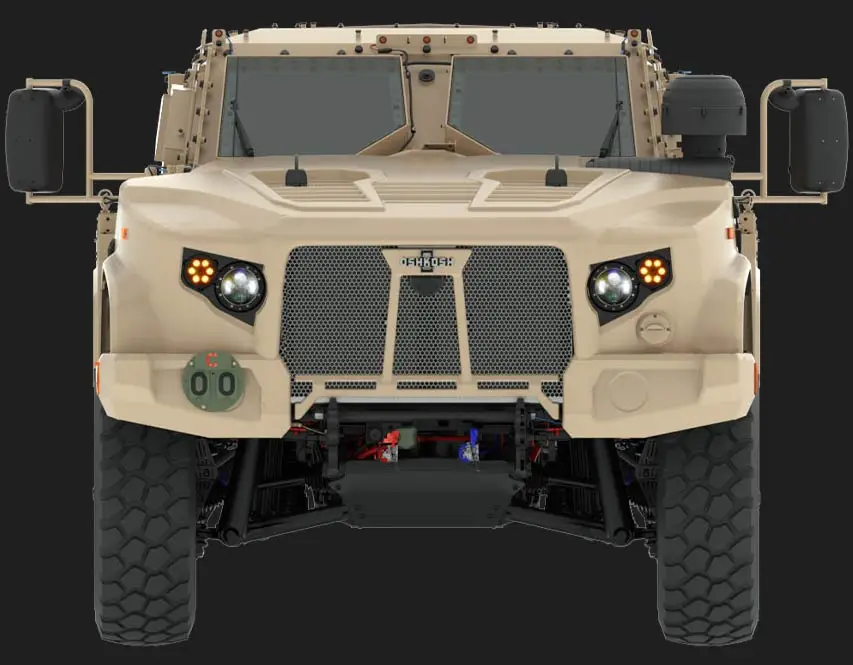
 oshkoshdefense.com
oshkoshdefense.com
In addition to the built-in protective elements in the base vehicle (which are referred to as A-kit), the Oshkosh JLTV from the outset with mounting options for other protective elements and armor equipped, and designed for their weight. These attachable protective elements are referred to in their entirety as a B-kit. A-Kit Stanag Level 1 / B-Kit Stanag Level 3. This configuration provides a very good protection when needed, but also allows to dispense in safe areas for weight reasons on it.
The average total cost per unit in financial year 2015 is approximately $ 677,000. Over the entire duration of the program, they are expected to fall to $ 550,000 according to current expectations.
Humber 1-Ton Truck
The Truck, Armoured, 1 Ton, 4×4 (or Humber Pig) was based on the FV1600 series trucks produced by Rootes Group and designed by FVRDE.
Manufacturing started in 1952, following the first prototype in 1950.
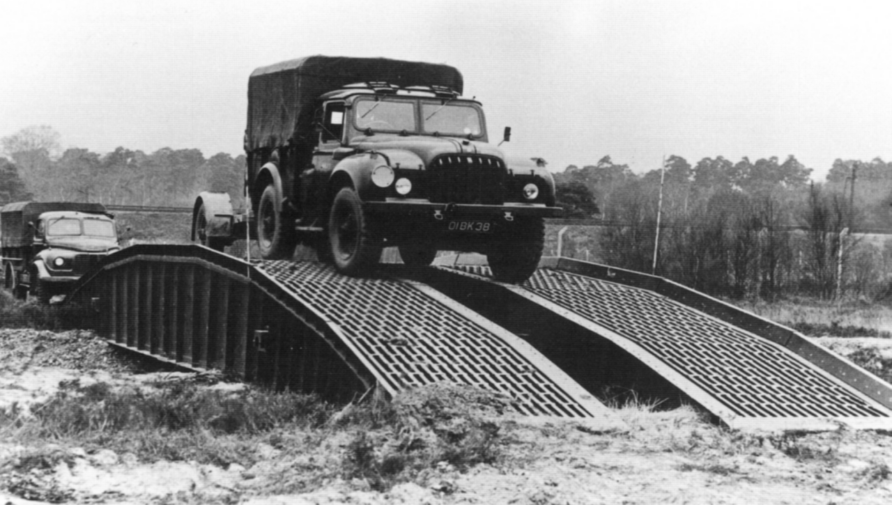
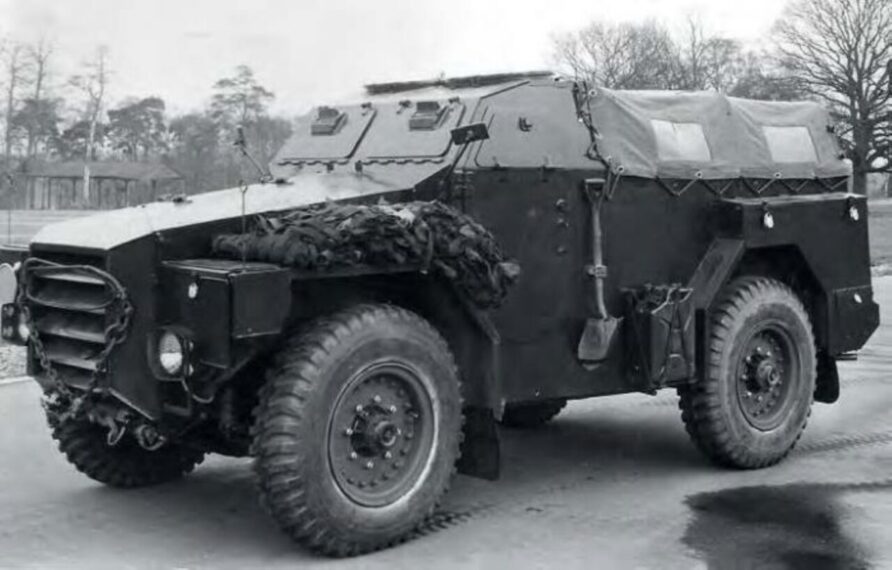
Although many associate the Humber Pig with the ‘Troubles’ in Northern Ireland its heritage goes back to the fifties.
It was based on the Humber 1-ton truck described above.
Sankey was contracted in 1952 to produce an armoured version, designated FV1609. The finely crafted body shape of the Humber truck was replaced with a much more workmanlike armoured cab.
The FV1611 (Pig) was the armoured variant of the FV1601 Truck and the FV1612, the armoured version of the FV1602 Fitted for Wireless (FFW) Truck. The FV1609 was an armoured version specifically designed for use in many roles with the Field Army.
The Pig was planned to be replaced by the Saracen, and it would serve in this role until enough Saracen were available.
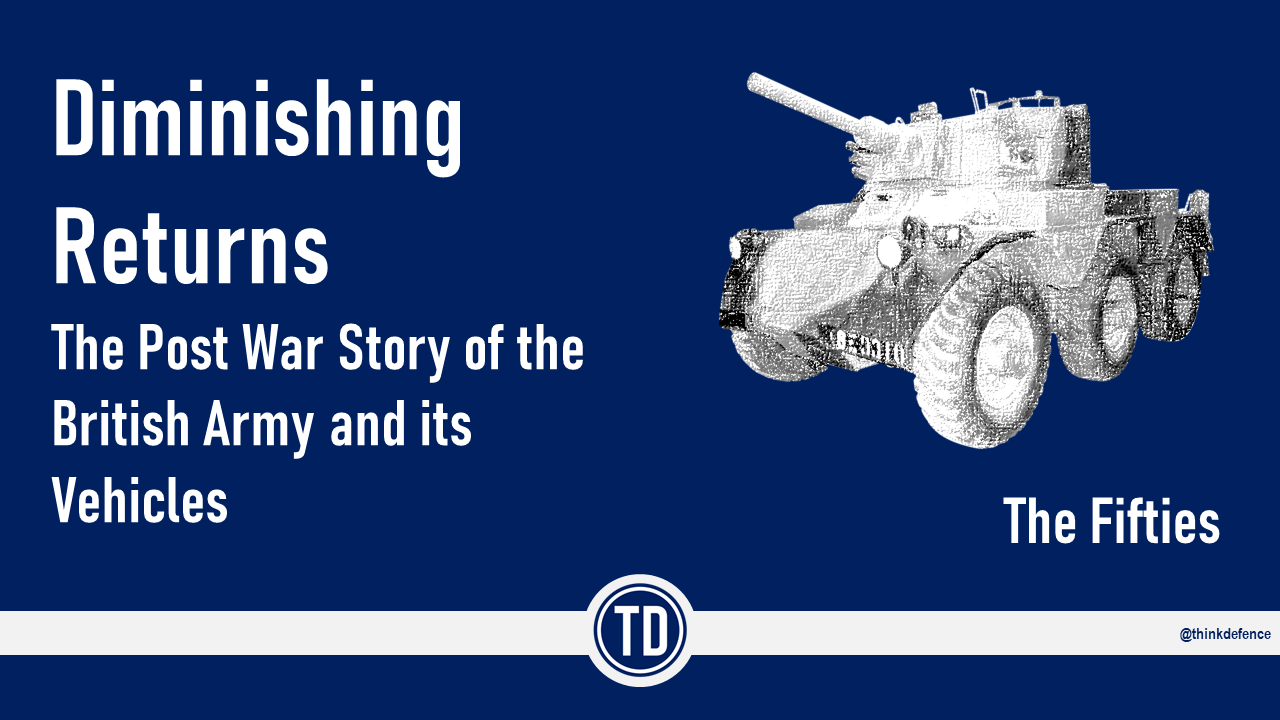
 www.thinkdefence.co.uk
www.thinkdefence.co.uk
The difference is the JLTV was purpose built as an armored vehicle, same as the LAV. So exposed fuel and brake lines aren’t an issue like the F550 base vehicles.And you need your (diminishing) military sealift command to be able to lift a force built on that scale with that level of protection.
Thus your army's, your armed forces', purchase of the STANAG Level 1 (Base) STANAG Level 3 (Upgrade) JLTV.
I’ll disagree with you.Alll of these vehicles are analogous. They are utility vehicles which can be up armoured. With the Plasan armour system employed by Roshel and Sandcat the client gets to choose from within the STANAG 4569 levels of protection - the same catalog of protection available to the JLTV.
There are a lot of roles for soft skin vehiclesSTANAG 4569 - Wikipedia
en.wikipedia.org
Even your army doesn't anticipate driving 30 tonne 8x8s everywhere.
The difference is the JLTV was purpose built as an armored vehicle, same as the LAV. So exposed fuel and brake lines aren’t an issue like the F550 base vehicles.
I’ll disagree with you.
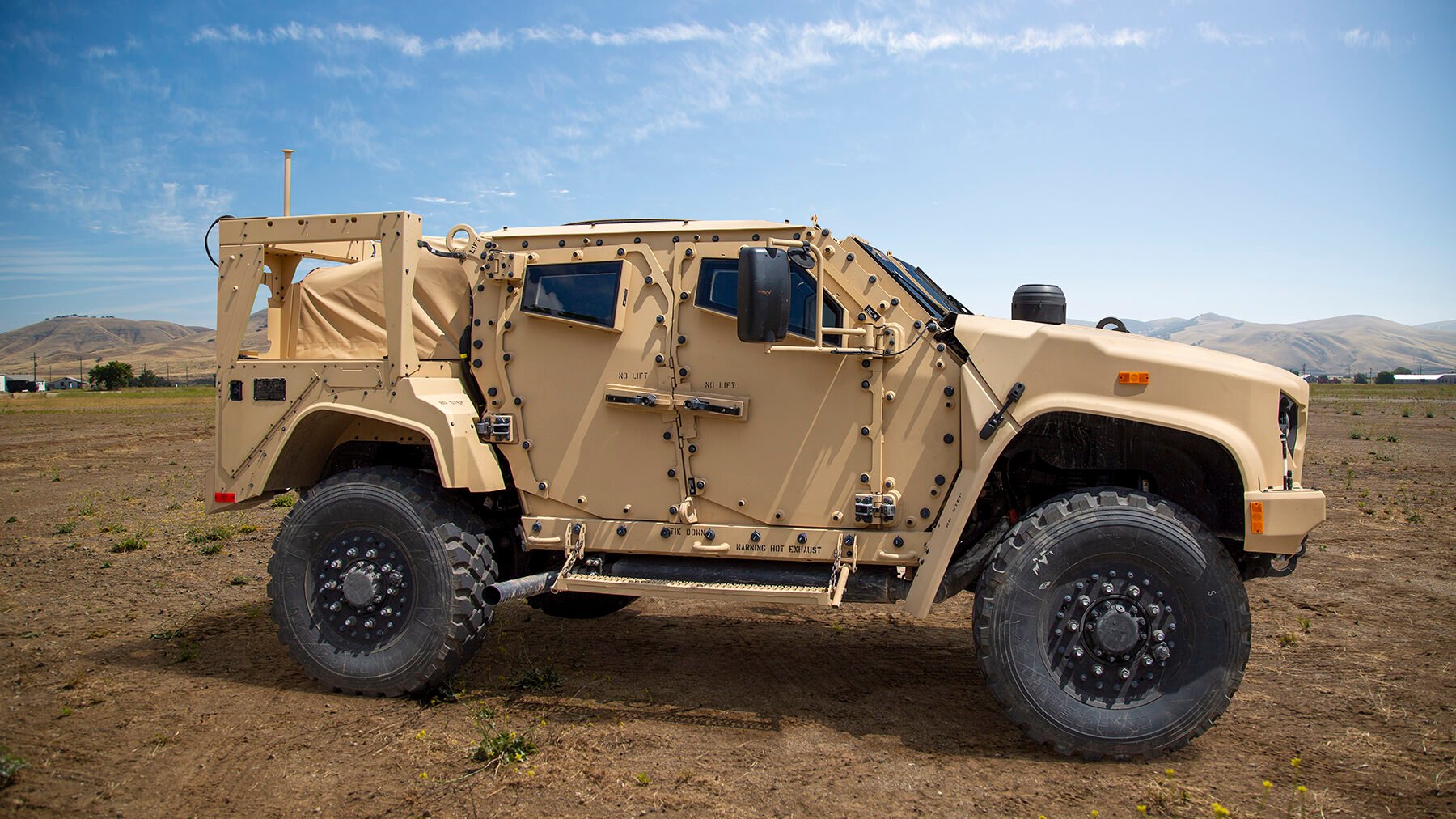

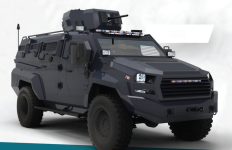
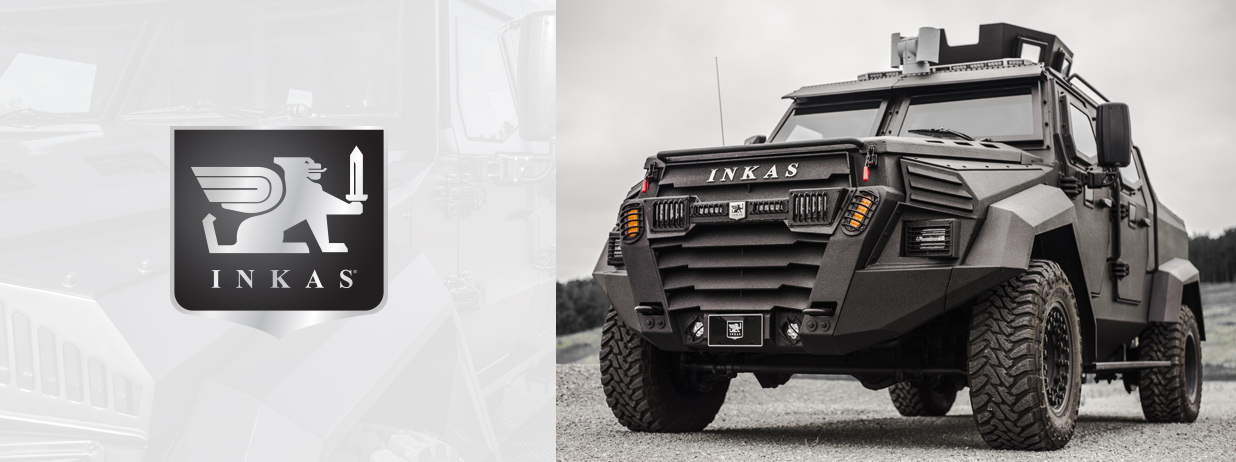
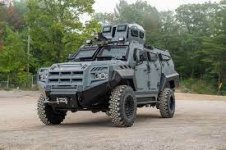

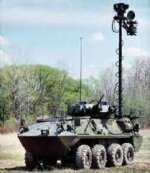

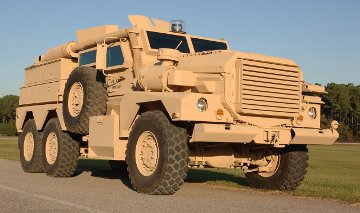
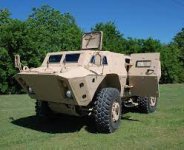
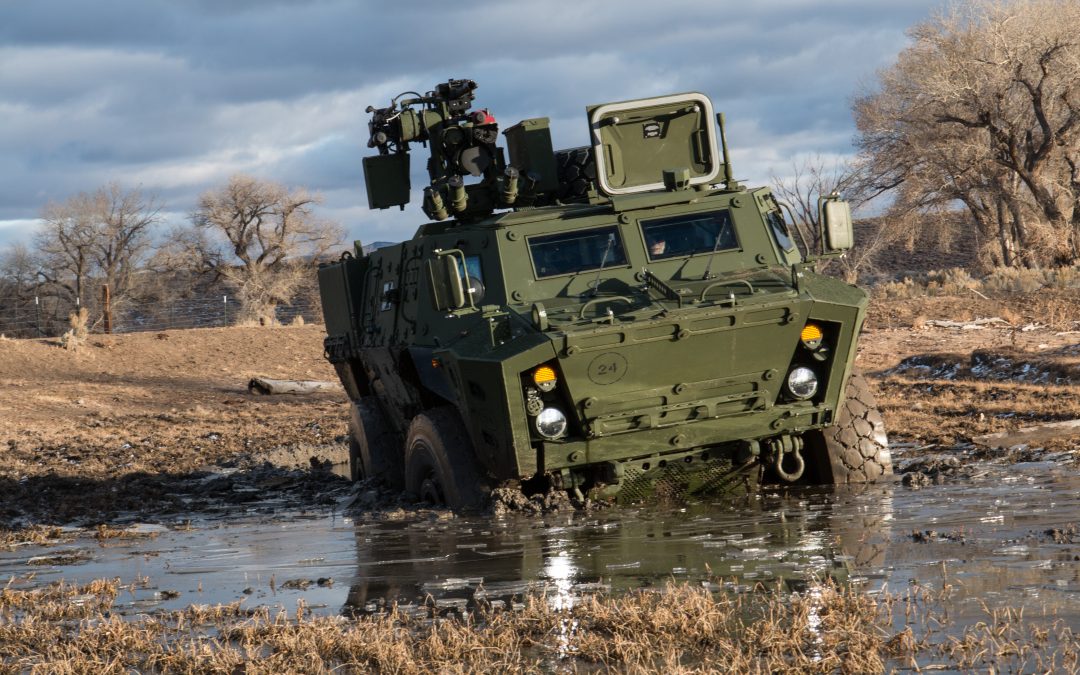
Could get a good deal from Oshkosh as they just lost the recomplete to AM General for the JTLV.It strikes me that that is the basis of a legitimate competition. Not the airy fairy type that resulted in an overweight TAPV being put against an MRAP in competition for the combined roles of the Nyala and the Coyote.
While we're at it ... are youpromoting the Oshkosh, GM Defense or AM General JLTV?


Canadian alternates - Zodiac of Bolton ON, Inkas of Weston ON, Roshel of Mississauga ON, Plasan of Israel
View attachment 76727View attachment 76728

What the TAPV was intended to replace
View attachment 76729

The TAPV competitors
View attachment 76730
The TAPV accepted

In fairness the JLTV solution was not on offer at the time the TAPV was competed.
Also you have to answer if you want a Canadian upfitted F550 then you can go Roshel, INKAS and few others?
Or a full MILSPEC unit like the JTLV. Then you have AM General, Oshkosh, GDLS, BAE, or Arquus (Mack) and Navistar(Traton). Plus German combo of MAN or MB or Rheinmetall. GM would partner and so would some of the above.
Fair enough. The more the merrier.
Looking for a utility vehicle based on a North American commercially available platform, in the Ford F550 class 4x4, capable of highway driving (60%), Grid lines, fire roads and cut lines (20%) and off road (20%). Support both unarmoured as well as lightly armoured and mine protected mobility TCV (Troop and Cargo). GVW of 7 tonnes. Capable of hauling a 5 tonne trailer at highway speeds for a CVW of 12 tonnes.


 www.truckcamperadventure.com
www.truckcamperadventure.com


When it comes to the Bradley line, the service is embarking on a the Optionally Manned Fighting Vehicle (OMFV) competition and is requesting $997 million in research and development for that effort next year. As expected, that means less procurement dollars are in the budget to support the legacy vehicles. However, the service includes $128 million in FY24 for the Bradley Firce Support Team (BFIST) vehicle “new start,” though additional dollars are not included in the future years. Some of those funds will be used to address “field problem reports” and improve safety, addresses obsolete components, develops and installs modification kits, maintains software and cyber, and more.
For the larger Bradley modernization pot, the service said it is seeking more money in FY24 than it planned, and has increased the request to $158 million over last year’s $56 million projection. The outyears show a similar investment increase with plans to spend between $101 million and $129 million between FY25 and FY28.
FY24 budget request includes a boost to Abrams’ upgrade procurement coffers. Last year the service projected spending $814 million on 30 vehicle upgrades in FY24. Instead, it has requested $1 billion for 45 tanks but then details a blueprint for reducing investments in the upgrade program in FY25 through FY27 over its previous plan.
Self-Propelled Howitzer Paladin Integrated Management (PIM) program ... to produce 24 vehicles next year instead of 27... planning to further reduce its procurement in the years ahead by
dropping its FY25 predicted purchase of 27 PIMS down to 23,
in FY26 the cuts is from 25 PIMS down to 22,
in FY26 46 down to 37 and
in FY27 the buy is reduced from 45 to 40.
the Army had envisioned funding production of 18 vehicles in FY24 but has now zeroed out all procurement funding, only adding in $41 million for technical support.
In the outyears, it adds projected procurement dollars back in to build between 12 and 14 M88s per year between FY25 and FY28.
Meanwhile, the service is also taking the scalpel to its Joint Assault Bridge buy, a vehicle meant to replace the service’s existing Wolverine and the M48A5/M60 series chassis Armored Vehicle Launched Bridge. The Army is only requesting $160 million next year for 24 JABs, nine fewer than it predicted buying this time last year. Budget documents show similar cuts in the future years where instead of purchasing between 29 and 30 JABs each year between 2025 and 2027, that number drops between 22 and 29 vehicles each year.
At first glance the Army’s $554.8 million for 91 Armored Multi-Purpose Vehicle (AMPV) next year is 40 fewer than it anticipated requesting this time last year.
However, Jim Schirmer, the deputy Program Executive Officer for Ground Combat Systems, told reporters last week the service is not reducing its AMPV buy, just working with different pots of money. Because the Army has been sending M113 vehicles from its stockpiles to Ukraine, it has received approximately $800 million in FY23 Ukraine Tranche Replacement funding to replace those vehicles with AMPVs.
In turn, lawmakers only provided the service with $380.7 million in the FY23 base budget to buy 43 AMPVs instead of the 72 vehicles the Army initially requested. The service was then able to reduce its FY24 AMPV request for next year, since money is still available to buy new vehicles.
last year the Army said it wanted to spend $523.6 million on its first batch of 42 Mobile Protected Firepower vehicles from General Dynamics Land Systems in FY24 as part of an eventual 504-vehicle fleet. But the new budget trims that down to $394.6 million for 33 vehicles next year.
UK’s new ‘tank’,13 years late and obsolete minute it enters service - STUART CRAWFORD
The world having just been informed by the UK's Ministry of Defence (MoD) that its troubled Ajax vehicle procurement had "turned a corner", it now appears that its procurement will once again be subject to additional delays before it is accepted into service, if indeed it ever will be.
By LT COL STUART CRAWFORD
12:40, Thu, Mar 23, 2023 | UPDATED: 12:40, Thu, Mar 23, 2023
I have written before on Ajax and its history, a slow-moving car crash of defence procurement worst practice, and don’t intend to go over all of the ground again. Suffice to say that this is already a scandal of epic proportions, a sorry tale of optimism bias and mismanagement of a project worth £5.5bn. Typically, no-one from the MoD or the main contractor, General Dynamics Land Systems UK, will take responsibility for the debacle.
Just when we thought matters couldn’t get any worse, they did. We learned this week that delivery of the vehicles has been delayed for another four years after its design had to be changed again. Despite this, the MoD is to resume payments to the manufacturer with the first amount of £480m to be paid later this month after halting payments over two years ago.
As a reminder, the MoD has ordered 589 of these vehicles and they were due to enter service in 2017.
Not one has been delivered, and the Ajax fleet is now not expected to be fully operational until 2029 at the earliest. Given its past history, nobody is holding their breath.
But that’s not all.
The MoD has designated Ajax as essential to the future of the British army and the UK's ability to fulfil our NATO obligations. It is deemed essential, central to the new digitised nature of the modern battlefield because of its communications, IT, and radio fit, enabling it to communicate with other equipments across all the domains.
This facility is often referred to its “digital backbone” and is to be provided by a separate but parallel procurement process called Morpheus.
According to the Government’s website, “Morpheus is a £3.2bn defence programme delivering the next generation of Tactical Communication and Information Systems (TacCIS) to forces operating in a Land Environment”.
And Morpheus is in trouble too. In a paper written for the Henry Jackson Society a year ago, the authors explain that the goal of Morpheus is to provide significantly enhanced performance compared to the current Bowman communications technology which is now 30 years old. Crucially, it caters for upcoming next-generation armoured platforms, which include Ajax, Boxer and Challenger 3.
The Morpheus programme is now facing significant delay, a combination of the usual optimism bias and over-promised delivery schedules that have yet again proved impossible to meet. Plus ca change, plus c’est la meme chose.
What it means in practical terms for Ajax, though, is that it looks like the vehicles will be delivered before the communications fit is ready to go in them, possibly for a matter of years. So the heart and soul of the British Army’s communications strategy will not be able to do the job it’s designed to do after an incubation period of fifteen years and counting.
And to add insult to injury the main contractor for Morpheus is … General Dynamics Mission Systems (GDMS), a sister organisation, or at very least a cousin, of the very company struggling to deliver the Ajax vehicle itself! You couldn’t make it up.
This fiasco once again reinforces the feeling that the UK’s defence equipment procurement processes are essentially not fit for purpose, not in the land domain anyway. Ajax is just the most recent and egregious example in a litany of failed projects stretching back decades.
The MoD and British industry seem to be incapable of running defence procurement in a professional and competent fashion.
Other countries, like France for example, spend less and yet get a better bang for their buck. The UK seems to be unable to accept a proven system into service, bought “off-the-shelf”, without demanding a myriad of modifications and gold plating the requirement, forgetting that the best is often the enemy of the good enough.
Defence Analyst Francis Tusa has called this pathological need to fiddle with already proven equipment “British exceptionalism” and I think he is right.
Ajax has had nigh on 1,200 changes made to the initial design specifications and has suffered as a result. In the end, it has become all too much, too late, and the vehicle will probably be obsolete by the time British troops get their hands on it. What a disaster.
Perhaps whoever is our Prime Minister this week might take a leaf out of Churchill’s book and appoint a successful industrialist to oversee future efforts, as the wartime PM did with Lord Beaverbrook when he put him in charge of aircraft production in 1940.
Lord Sugar, Sir James Dyson, or, Heaven forfend, Sir Richard Branson, anyone? It surely couldn’t be any worse.
- Lt Col Stuart Crawford is a defence analyst and former army officer. Sign up for his newsletters at www.DefenceReview.uk
Last year the Army said it foresaw spending $827.5 million in FY24 for 166 Stryker upgrades. However, it has requested $614 million to cover the cost of upgrading 85 vehicles next year, according to justification documents. Further, the outyears show additional cuts when compared to plans last year to include:
All in all, the Army previously projected upgrading 752 Strykers between FY24 and FY27 but is now aiming for 571.
- In FY25, the number of Stryker upgrades drops from 183 vehicles down to 110
- In FY26, 196 down to 189
- In FY27, 207 down to 187
As of August 2022, the Army had inked deals with Oshkosh for the company to eventually produce 269 MCWS for three Stryker Brigade Combat Teams (SBCTs).
The FY24 budget request does not reflect that eventual purchase. Instead, the Army appears to indicate that it has ordered 178 vehicles in previous years with plans to purchase five more next year, according to FY24 budget justification documents, or roughly enough vehicles for two brigade combat teams. By the end of 2026, the service should receive all of those vehicles, and that is where Army plans to buy MCWS stops, at least according to publicly available budget documents.
after endorsing the Block II upgrades in 2017, the Army reversed itself in 2020 and stated that improvements for most of the Chinook fleet would be delayed at least five years.
The Army’s failure to move forward on Block II places at risk the largest industrial complex in the Philadelphia region, the BoeingBA -0.2% rotorcraft plant at Ridley Park, Pennsylvania. The plant’s other major program, the V-22 Osprey tilt-rotor, is winding down, leaving Chinook as the only production line at the site

 www.forbes.com
www.forbes.com
